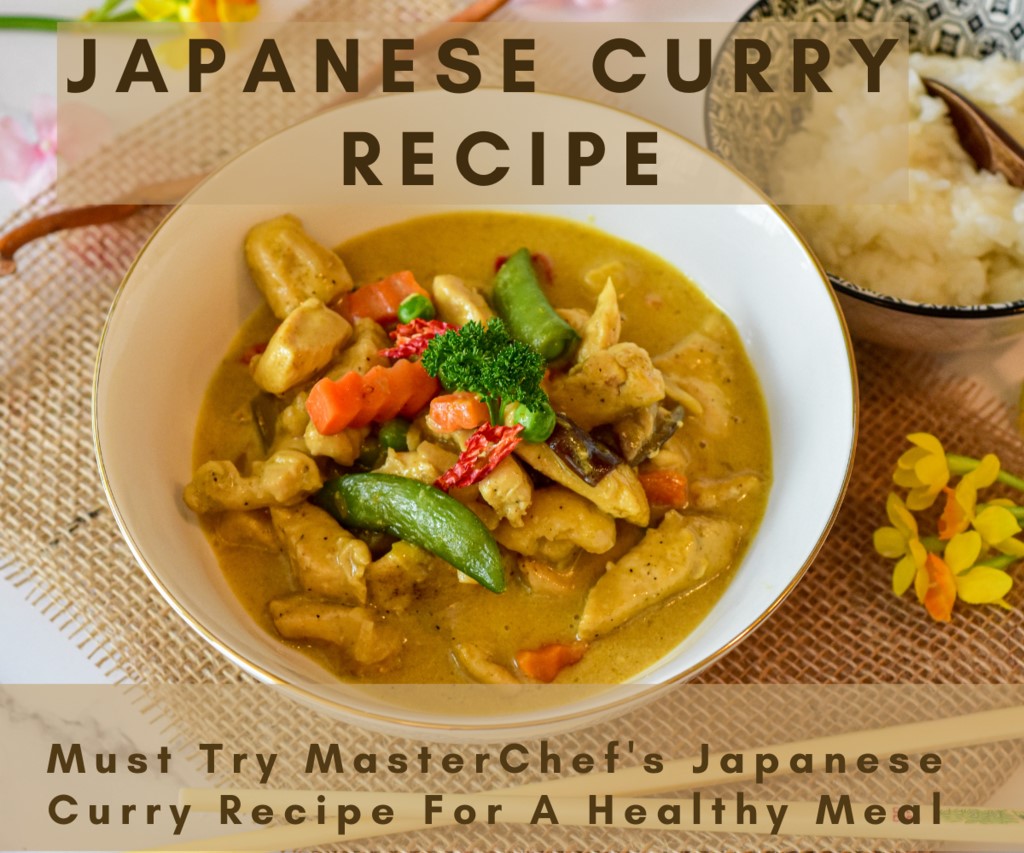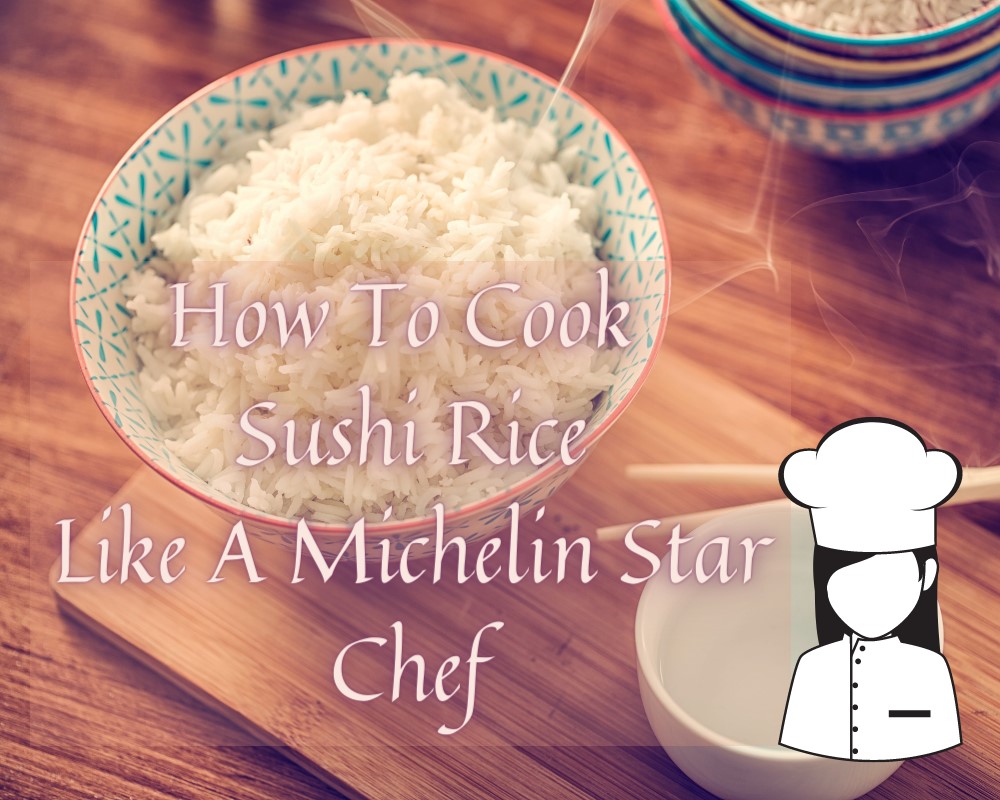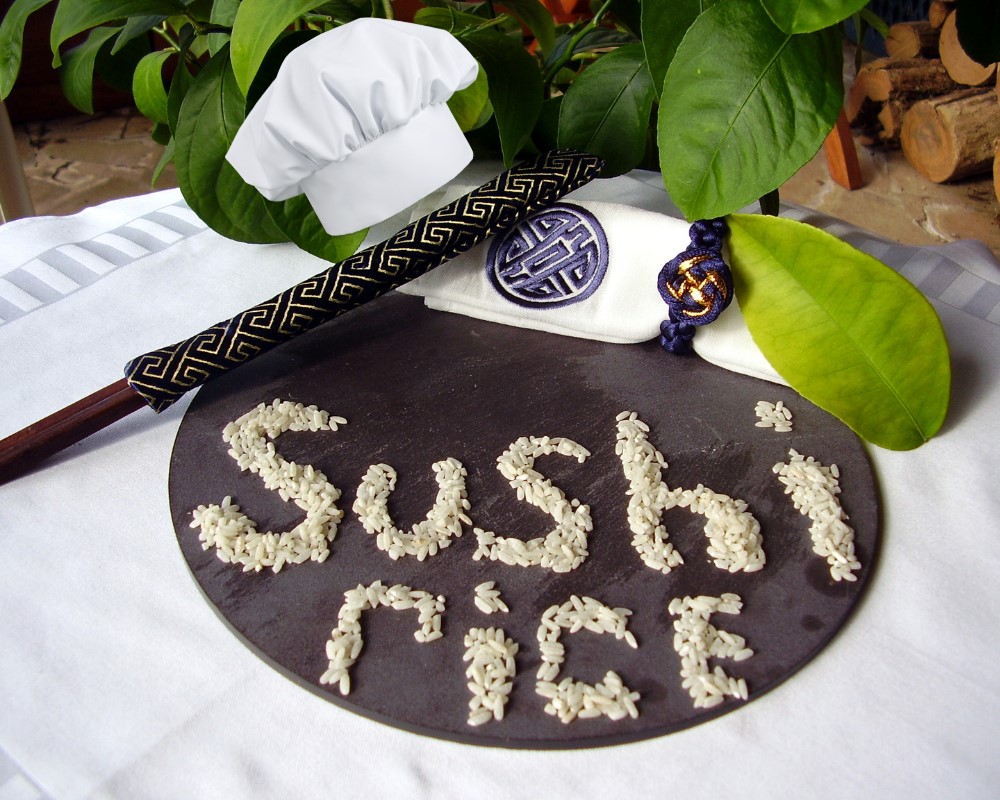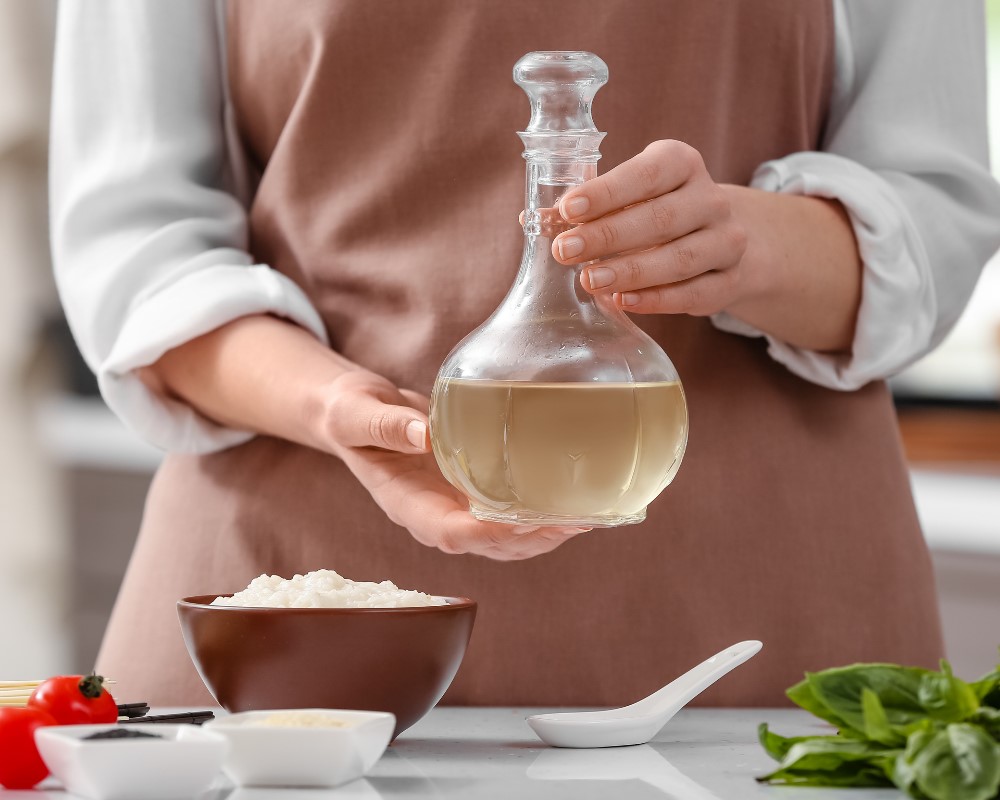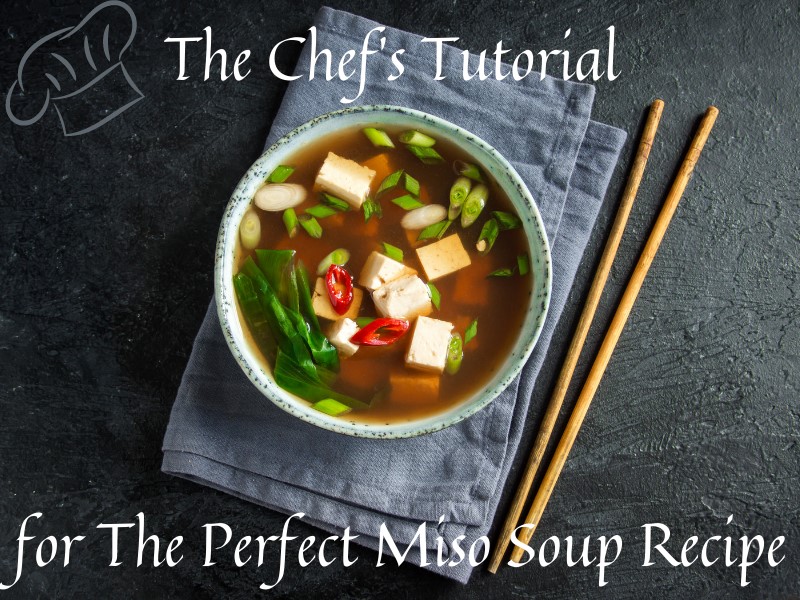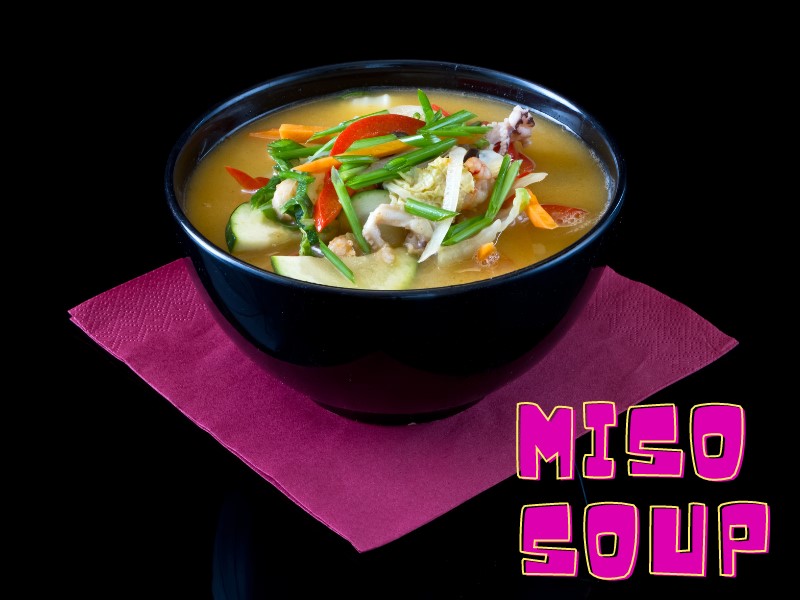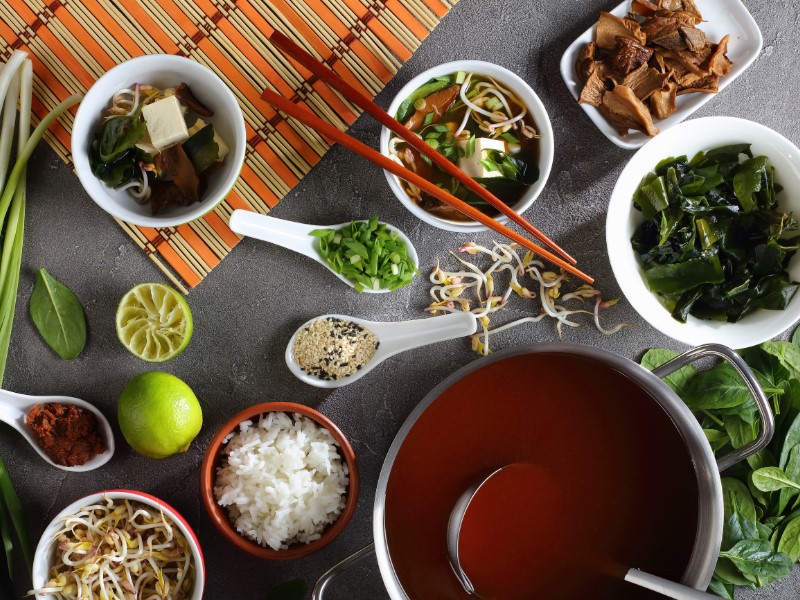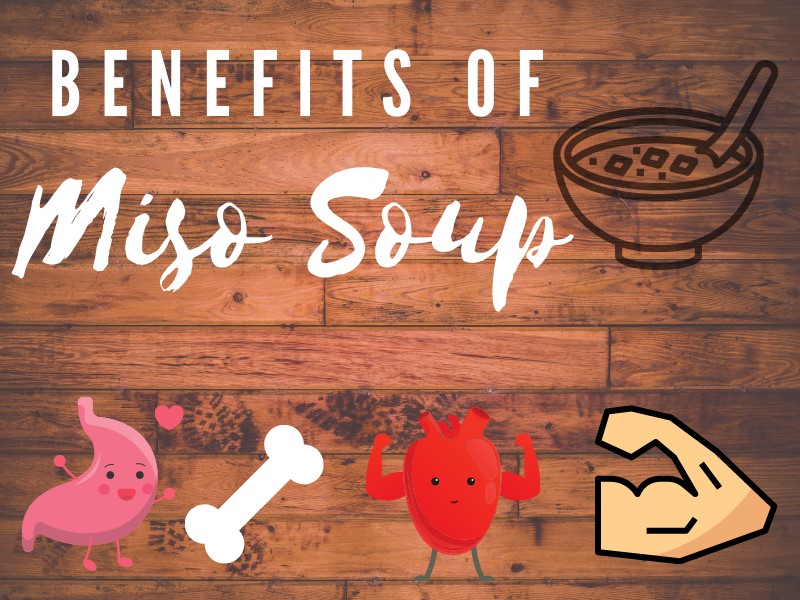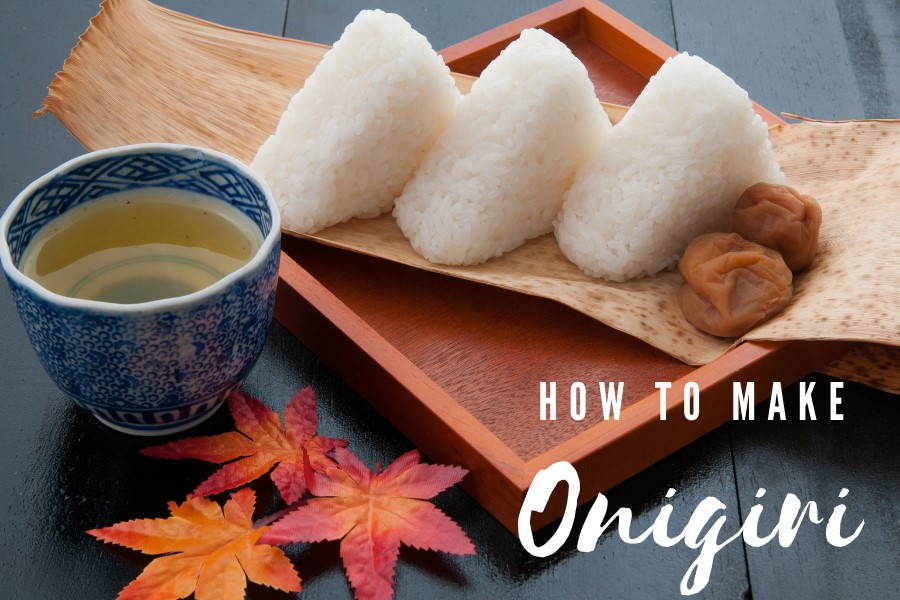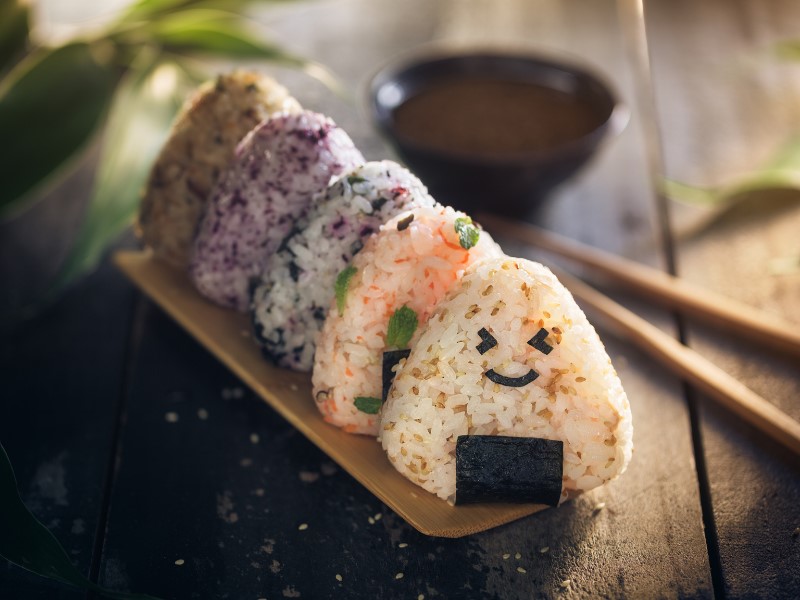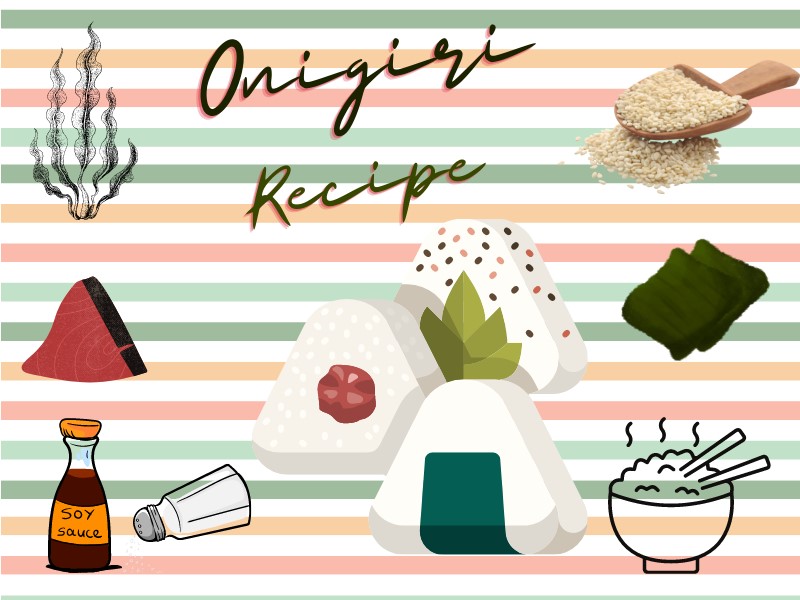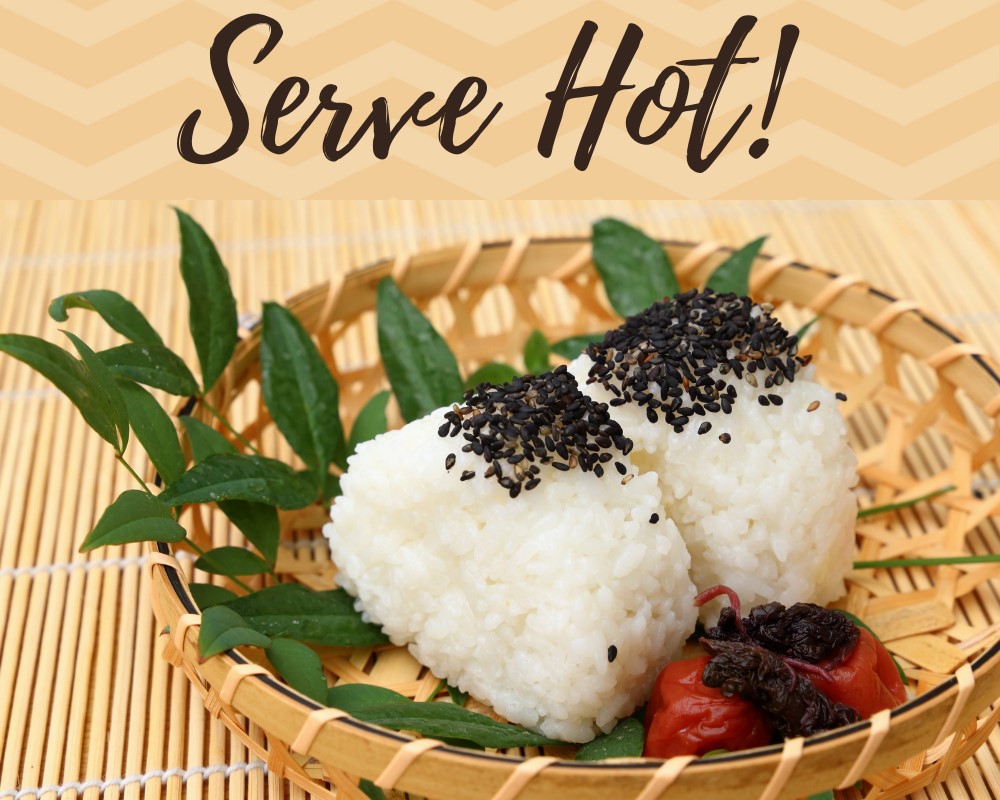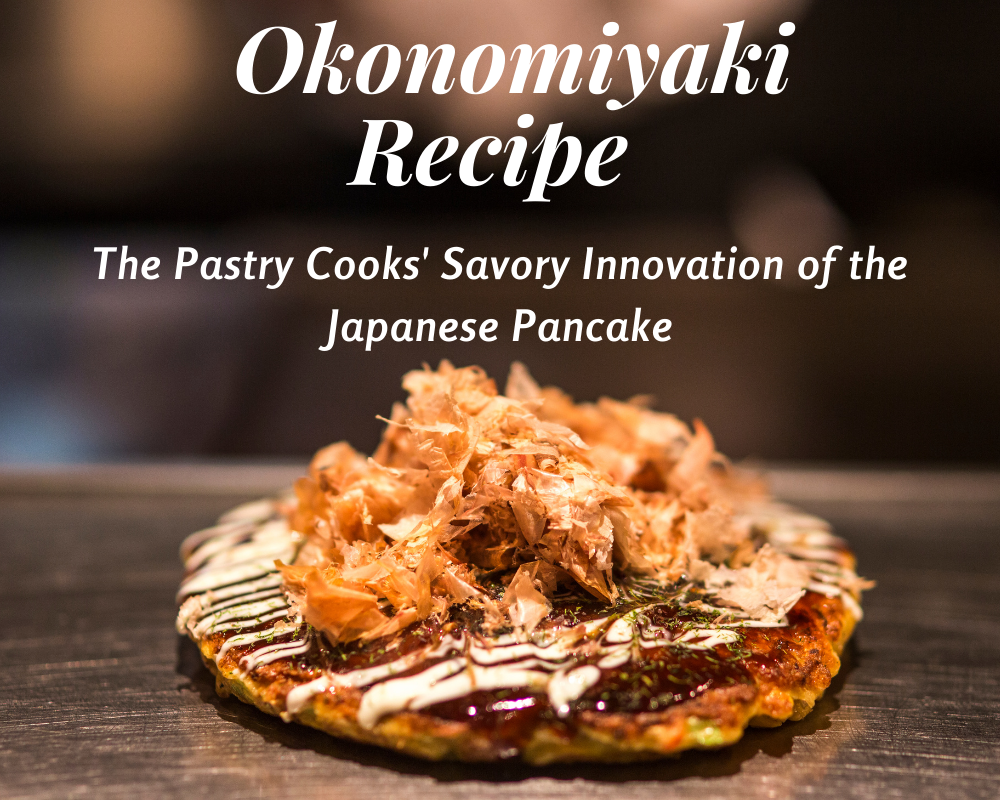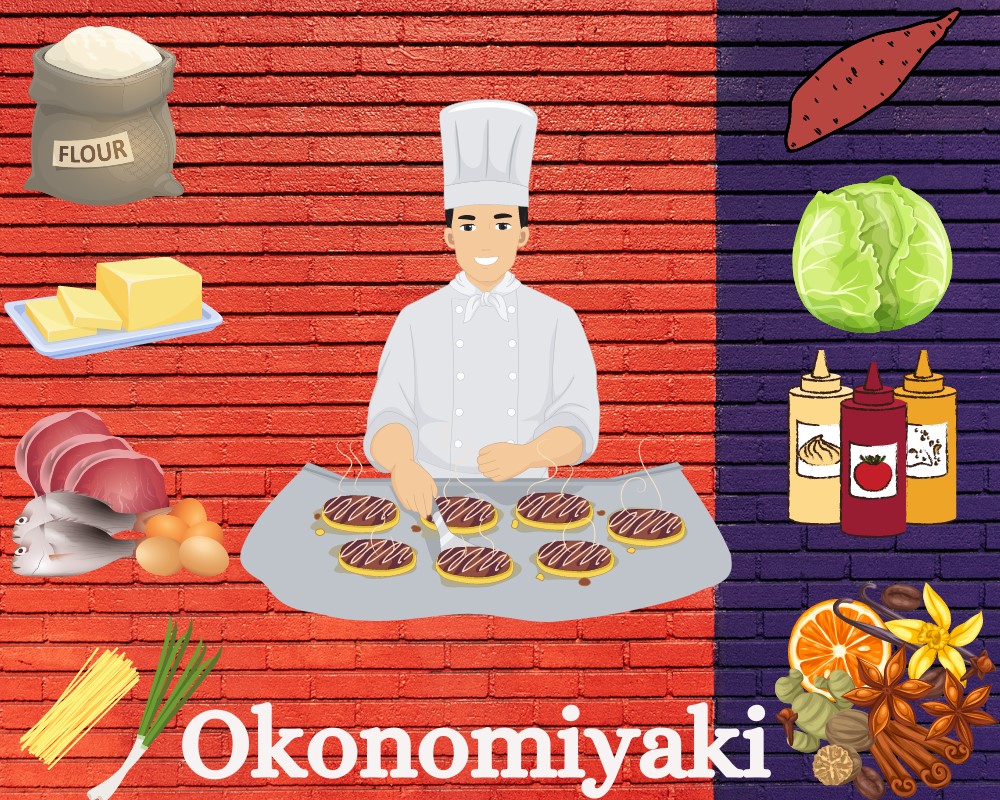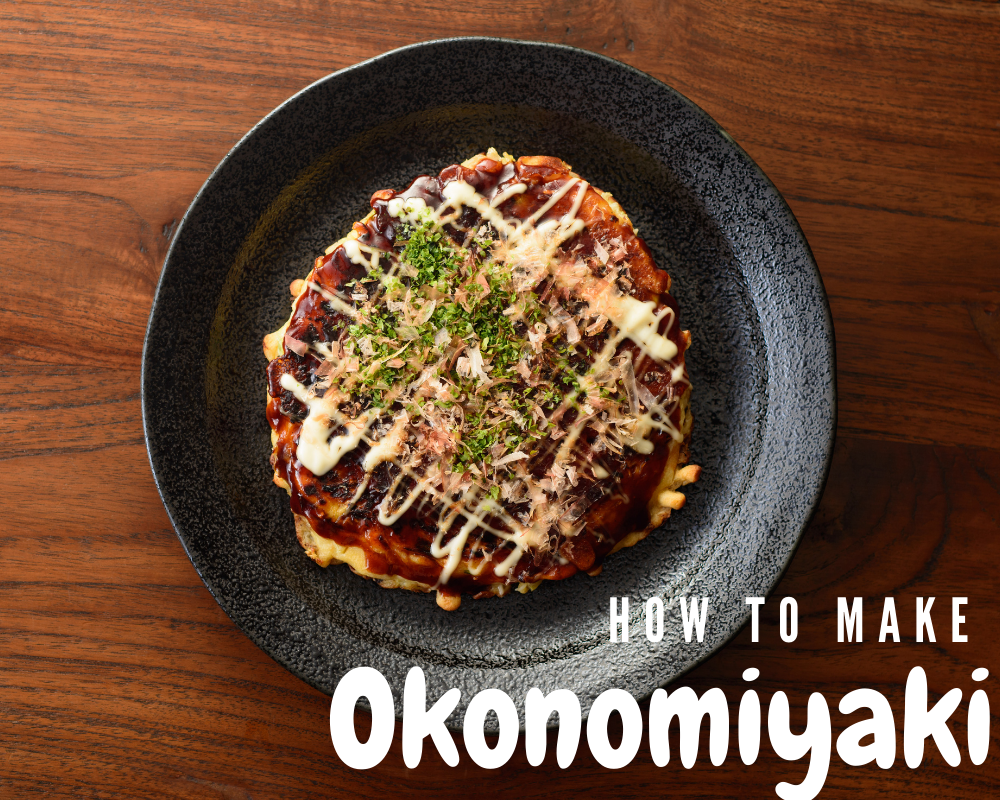Looking for a healthy warm meal to serve on a weeknight? Try Master Chef’s Japanese Curry Recipe and surprise your family with your smart cooking skills. Enjoy tender chicken bites and succulent vegetables drenched in a warm chicken curry sauce- all perfect on a frosty winter night. Serve the scrumptious Japanese curry with plain steamed rice or toast tortilla.
What is the Japanese Chicken Curry Recipe?
Japanese curry is a popular dish in and outside Japan. It was first introduced by local Chefs during the Meiji era. Later, Indian troops introduced curry powder to Japan, and Japanese curry took on a western style. Despite this, the Asain savoury sauce has always retained the pure Japanese curry flavor. There are three main styles of curry in Japan served as main course meals.
- Curry with Rice
- Pastry filled with Curry
- Curry over Noodles
However, Japanese curry rice has always been the most loved and easiest to cook food. It’s indeed a daily dinner for some curry-lover Japanese families. The genuine Japanese curry recipe usually uses boiled vegetables like carrots, potatoes, and onions. Moreover, the protein options include chicken, pork or beef. Here, we are going to cook the Master Chef’s Japanese Curry Recipe that uses chicken and assorted vegetables of your choice.
What does curry taste like?
Japanese curry is the most flavorful curry in the World. It’s different from Thai or Indian curries being sweeter and saltier at the same time. Unlike Indian curry, Japanese chicken curry is non-spicy and thick. Moreover, the caramelized onions, sweet carrots, and potatoes give the salty chicken curry a tinge of deep sweetness. Because of the mild heat level, this Japanese curry recipe is best for the whole family, especially for toddlers.
How to make curry instantly?
If you are in a hurry and have no time to cook Japanese curry, you can buy a Japanese curry roux. Japanese curry roux is a premade, dried, and concentrated curry cube used for instant cooking. It is widely manufactured by top Asian brands i.e. S&B golden curry. You can opt for any brand with required heat level and taste. Nevertheless, people outside Japan use S&B golden curry to satiate themselves with the original Japanese curry flavor.
The Japanese Curry Roux
Japanese curry roux is totally a game changer. It comes in a variety of flavors and heat level. However, mild, medium, and high spice levels are graded according to Japanese taste preference. Even the high heat level of curry is less spicy than Thai or Indian curries. You can opt for any spice level while opting for the best curry roux.
Additionally, curry roux is rich in saltiness because Japanese love ultrasalty flavors. Therefore, one quick idea is to balance the saltiness by serving the chicken curry with plain steamed rice or unsalted bread.
How to make Japanese Curry Roux? Quick Tips
For instant yet delicious curry rice cooking, buy S & B golden curry roux. Choose your favorite spice level and other customizable flavors like applesauce and onions. Then, take a saucepan or pot and fill it with the required amount of water as labelled on the package. Here, Master Chefs recommend avoiding chicken stock since curry roux is too salty.
Heat the water and add S&B golden curry roux. Also, make sure to add less curry roux first to help you adjust the taste. Let it heat on a medium flame to thicken. Once thick, you can add more water if you want it more runny. Furthermore, know how to thicken curry? You can add cornflour in the curry to make it real thick and creamy using less curry roux.
Main Components of a Chicken Curry:
Before you begin cooking Japanese curry, you must know the main ingredients to cook an original Japanese chicken curry recipe. It is also important to know which ingredients contribute to specific flavors as well as what you can replace and customize. Moreover, you should know where to buy these delectable components of a Japanese chicken curry.
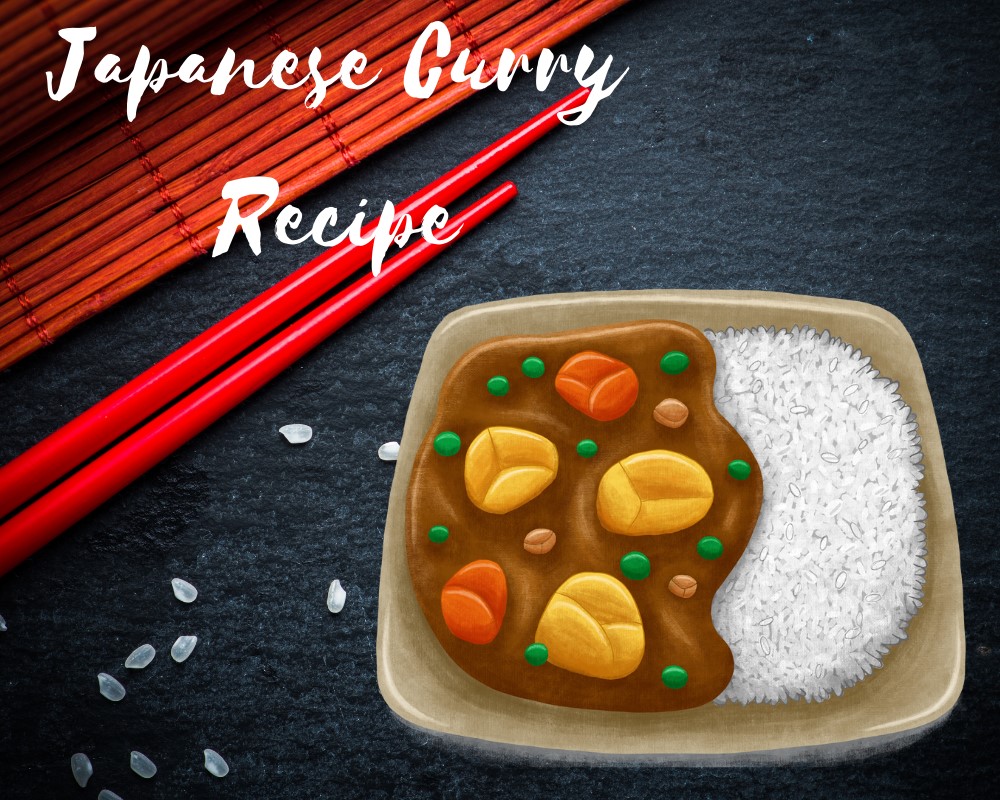
Chicken:
Chicken is the main protein for a Japanese chicken curry. Whereas in other Japanese curries, you can use pork, beef, or fried tofu according to the recipe and your preference. Sear, grill, or bake beef for beef curries and deep fry the tofu for delicious S&B curry.
For your Japanese chicken curry recipe, you will need bite size boneless chicken cubes. The chicken cube is the best cut for curries. Because small cubes of chicken can drench and soak up the curry sauce, making the protein juicy and tender. You can buy fresh or frozen boneless chicken for this ultimate Japanese chicken curry recipe.
Veggies:
It’s quite surprising to know that Japanese chicken curry is the only recipe that goes best with every veggie. Traditionally, Japanese use carrots, onions, and potatoes for the basic chicken curry recipe. Nevertheless, you can opt for any fresh vegetables of the season to take your curry to the next level. The veggies we have tried and the results were just mouth-watering include:
- Mushrooms
- Baby Corns
- Bell peppers
- Broccoli
- Cauliflower
- Celery
- Scallions
- Green Peas
- Green Beans
You can also add sweet potato and grated apples to give your curry recipe a sweet and slightly acidic flavor. Moreover, you can add hard boiled eggs on top of the delicious Japanese curry to make it warm, healthy, and healing.
Curry Roux:
If you hesitate using store bought instant food items, you can make homemade Japanese curry roux yourself. No worries! Because this 5-ingredient homemade Japanese curry roux will only take you half an hour extra. Anyhow, if you trust the quality of Japanese curry roux, use it to cook your curry real fast.
You can opt for any brand of the curry roux. However, I prefer to use S&B golden curry roux. Furthermore, opt for the required spice and heat level. Some brands use colors to indicate spice grade i.e red for hottest, green for medium heat, and blue for less to non-spicy. Colors for spice grades may also vary with different brands.
Honey:
Honey is the main ingredient to add sweetness to the Japanese chicken curry and to balance the intense saltiness. Japanese frequently use honey to add sweetness to their recipes. Therefore, if you want to cook an original chicken curry recipe, add honey.
Sauce:
When it comes to Japanese chicken curry sauce, you have a huge range of sauces to add. Different sauces give specific flavor and complexity of tastes to the curry. You can add soy sauce or worcestershire sauce for a rich umami flavor. Moreover, ketchup for tanginess, and oyster sauce sauce for BBQ tinge. Also, Chef’s use tonkatsu sauce for tonkatsu curry. A quick cooking tip is to use a different sauce each time. In this way, your family will not get bored of the same chicken curry for each weeknight dinner.
Toppings:
There’s a variety of toppings and seasonings you can use to spice up the classic taste of your Japanese curry. You can add pickled winter radish, pickled red ginger, bean sprouts, hard boiled eggs, and sesame seeds for more warmth. Furthermore, you can use a popular Japanese condiment known as Fukujinzuke. It is made with various pickled and dried vegetables (daikon radish being the main ingredient) seasoned with soy sauce. You can easily buy Fukujinzuke at Asian grocery stores.
Personalize Japanese Curry Recipe Ingredients
First of all, a Chef’s trick is to use different spice levels of curry roux in your Japanese chicken curry. In this way, you can add various flavors to create complexity of textures and aromas. Moreover, you can also try some weird or uncommon ingredients like me. I have tried them many times and the results are incredible. In a nutshell, you can personalize your Japanese curry by adding:
- Butter to cook chicken and vegetables and at the end to make curry luscious
- Grated apple to add sweetness and acidity
- Ketchup for extra tangy flavor
- Oyster sauce for BBQ hint
- Yogurt for creaminess and slight acidic flavor
- Sake for mildly sweet and astringent flavor
How to Make Japanese Curry?
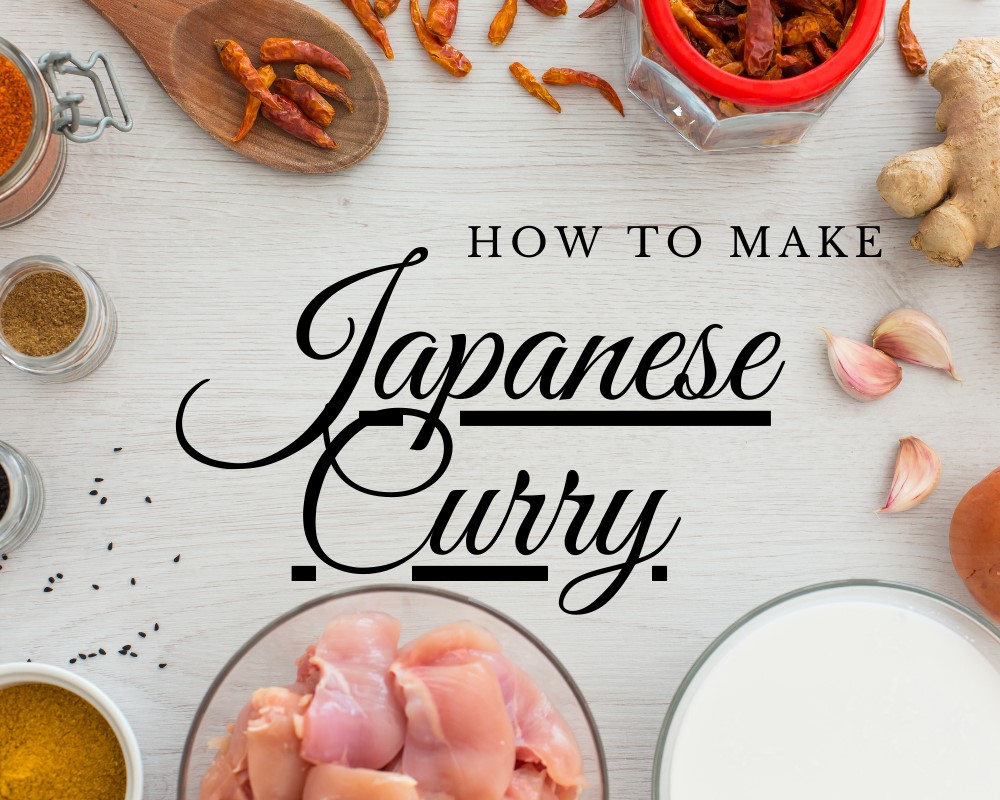
Ingredients for Japanese Curry
| Chicken (thigh piece, skinless, and boneless cubes) | 1.5 lb (2 lbs for pork, beef, tofu, seafood, mushrooms) |
| Vegetable oil (unflavored, non aromatic) | 1 and ½ tablespoon |
| Onions | 2 medium sized |
| Ginger | ½ tablespoon |
| Garlic | 2 cloves |
| Potatoes | 2 medium sized |
| Carrots | 2 large |
| Apple | 1 |
| Japanese curry roux | 1 packet (200 grams) |
| *Chicken stock | 2-4 cups |
| Water | 2 cups |
| Soy sauce | 1 and ½ tablespoon |
| Ketchup | 1 tablespoon |
| Honey | 1 tablespoon |
| Kosher salt/ sea salt | As needed |
| Black pepper | As needed |
*If you are using store bought curry roux then, prefer to use plain water or half of water and stock 1:1. It is because curry roux can be too salty.
*Pay special attention to cardiac patients and monitor sodium levels.
Ingredients for Toppings and Seasoning
| Eggs (boiled) | As needed |
| Fukujinzuke | As needed |
How to Make Japanese Curry? Steps and Instructions
Gather and Measure Ingredients
To cook your meals without any mess and trouble, always gather your ingredients, utensils, and kitchen tools before you begin cooking. Then, accurately measure all ingredients so that you’ll only need to add them in the recipe at the right step.
Prepare Ingredients
This step involves preparing all ingredients beforehand.
Prepping Protein:
Wash your chicken pieces , remove extra fat or skin if present. Then, cut the chicken into bite size cubes for easy picking and eating. However, if you have bought already cleaned and cut boneless chicken then, simply wash and pat it dry.
Prepping Veggies:
Wash and dry all your favorite veggies. Peel the carrots and potatoes. Then, cut potatoes in cube shape, onions into wedges and rings, and carrots into rolling wedges. Moreover, cut the green onions in rings for garnishing, and make ginger and garlic paste. Make sure to soak potatoes in water for about 15 minutes to remove starch and to prevent its discoloration. Also, coarsely grind black pepper.
How to make curry chicken?
Take a large pot and pour vegetable oil in it. Heat the oil over medium flame, put the onion rings in it and let it saute. Make sure to make onions look translucent rather than golden brown. Then, add fresh ginger and garlic paste. For a rich flavor, try to make ginger garlic paste in a wooden pestle and mortar.
Once you smell the beautiful aroma, add chicken cubes and let it fry till golden brown. Now. add your favorite root veggies that are hard and need time to cook. Then, add chicken broth diluted with equal amounts of water to help balance saltiness. Cover the lid and let the chicken and root vegetables become tender and juicy. Once the broth starts boiling, remove the skim or chicken fat using a fine mesh strainer.
It’s time to add some sweetness and texture to your Japanese curry, grate an apple into the broth for this purpose. Moreover, to intensify apple sweetness, add a tablespoon of honey, and a pinch of sea salt. Simmer the broth with chicken and veggies for about 20 minutes without a lid. Make sure to stir it often, then add potatoes or other soft vegetables. Let it cook for another 15 minutes till these veggies are cooked.
Add Japanese Curry Roux
If you are using commercial curry roux, add the cubes and stir them one by one. Thoroughly stir the curry using a wooden spoon until the curry roux cubes dissolve. However, if you are using homemade curry roux then, dilute it with chicken broth first before adding it into curry. Stir well till the Japanese curry becomes thick.
Seasoning Japanese Curry
You can add sauces of your choice to make a unique flavor of the chicken curry recipe. I prefer to add soy sauce and oyster sauce for a rich umami and bbq flavor. Nevertheless, you can also add worcestershire sauce, ketchup or tonkatsu sauce for tonkatsu curry.
Serving Idea for a Golden Curry:
The best and popular way to serve Japanese curry recipes is to boil some plain rice. Then, serve warm golden curry with steamed rice, fukujinzuke, and if you like boiled eggs. Other ways to relish a chicken curry recipe is to fill in the bread to make stuffed pastries or serve hot with bread or tortilla.
FAQs
Can we make Japanese curry in a pressure cooker?
Yes, you can easily cook a Japanese curry recipe in a pressure cooker. This will help you cook real fast and taste great at the same time. Moreover, you can also make chicken curry recipes in an instant pot or saucepan.
How to Store Japanese Chicken Curry?
You can store cooked Japanese chicken curry in an airtight container. Prefer to use a glass jar for this purpose to avoid staining plastic containers. You can keep the leftover chicken curry fresh in a refrigerator for only 3 days. Whereas, you can store concentrated chicken curry in a freezer for upto month.
How to Reheat Japanese Golden Curry?
Just take out freezed curry in a non-stick pan and add about one-fourth to 1 cup of plain water in it. Heat the curry on low to medium flame and stir in between to help dilute fast. Moreover, if your golden curry gets too diluted, know How to thicken curry? Use cornflour, make its paste, and add it to your golden curry.
What type of Chicken should we use for a Japanese Curry Recipe?
I prefer to use chicken thighs and make boneless cubes out of it. It is because the leg piece is more juicy, tender, and it does not dry out as chicken breast. However, if you like chicken breast pieces, you can opt for it but make sure to cook it separately. Then, add chicken to the cooked chicken curry and let it soak in curry sauce.
What is the Nutritional Info of Japanese Curry Recipe
A bowl of curry chicken and rice will provide you the following percentages out of the daily calorie intake.
| Nutrients | % Daily values |
| Total Calories | 13 |
| Total Carbohydrates | 5 |
| Protein | 50 |
| Total Fats | 17 |
| Cholesterol | 38 |
| Sodium | 26 |
| Potassium | 15 |
| Vitamin A | 70 |
| Vitamin C | 5 |
| Iron | 10 |
| Calcium | 5 |
*% daily values may vary according to the ingredients you use in your Japanese curry recipe.
*Above information may not be medically authentic.
*Consult a dietician if you are following a medically restricted diet.

